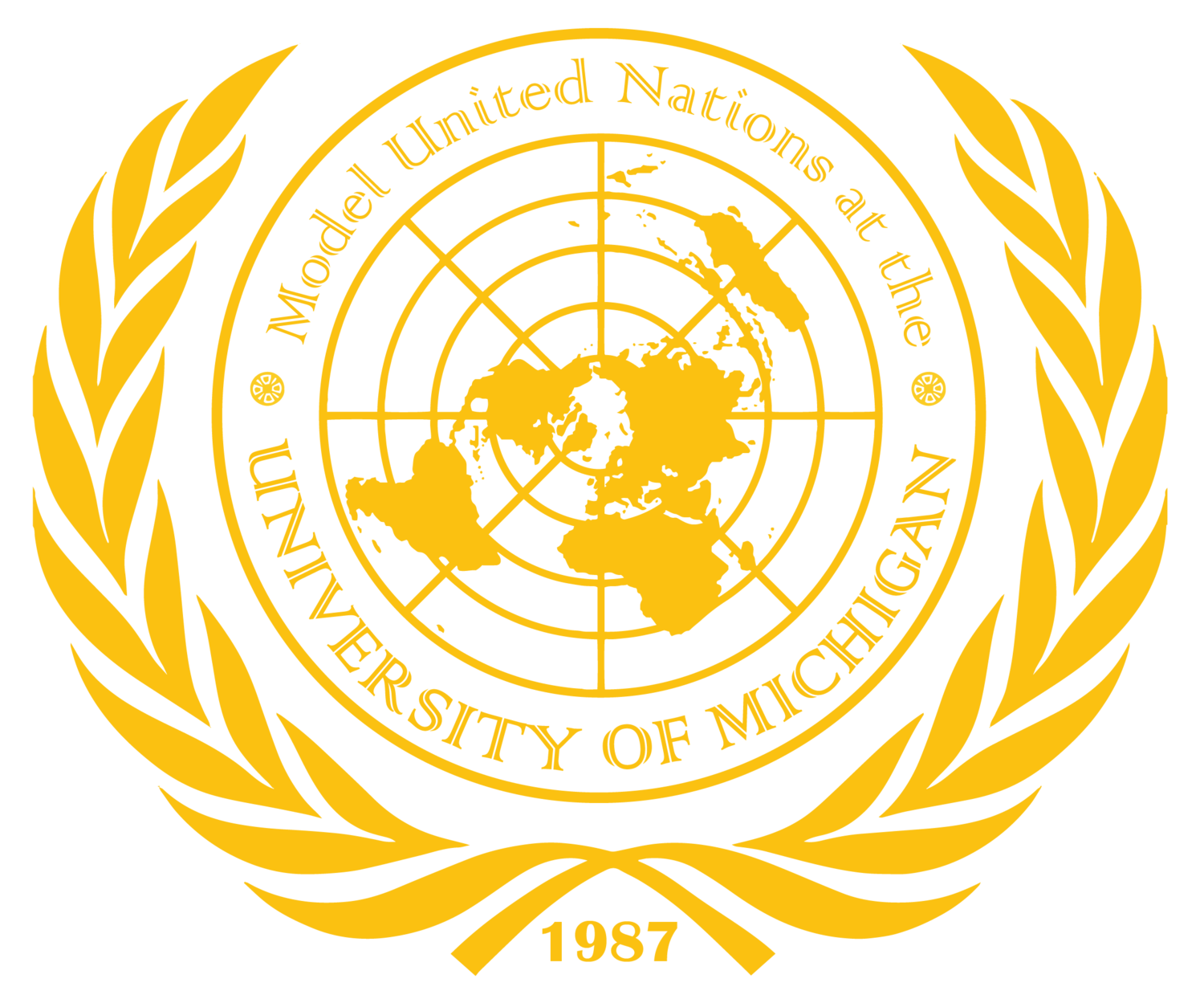By: Brady Noble
Kansas City is a sprawling metropolis of half a million people, located roughly in the center of the United States. The city is known for barbeque, jazz and giving us the 33rd President of the United States Harry S. Truman. However, the city is extremely vulnerable to the effects of climate change. With two major rivers running through the city, Kansas City is highly susceptible to drought. Additionally, rising sea levels affect inland ports, such as Kansas City, as most rivers are inter-connected with the oceans. Kansas City has already seen some of the effects of climate change. Since the 1970s, the average temperature has continued to rise about one degree every thirty years. Additionally, rainfall has been increasing by roughly half an inch every ten years. However, the worst is yet to come. Scientists predict that the temperature will increase a further four degrees by the year 2060.
Given the current and impending problems with climate change, and the city’s vulnerable geography, Mayor Quinton Lucas (D) has made environmental policy a priority. Last night the Mayor’s Office commissioned several of the greatest minds in environmental policy to assist the city. Each group was given one hour to come up with a policy solution to the problem.
Almost every group recognized the need to reduce the use of fossil fuels and emphasize renewable energy. However, each delegation proposed their own unique solution to the problem. The delegation from Gull Lake High School proposed the expansion of public transit systems. They contended that public transit uses less fossil fuel on a per-person basis. Further, they emphasized that the city works to build electric car chargers around the city. On the other hand, the delegation from Columbia High School highlighted water consumption in their proposal. They proposed that grass in public parks be removed, and replaced with artificial grass, noting the amount of water that would be saved. Most all delegations proposed that funding for their projects come from either non-profits, non-governmental associations or the State of Missouri.
